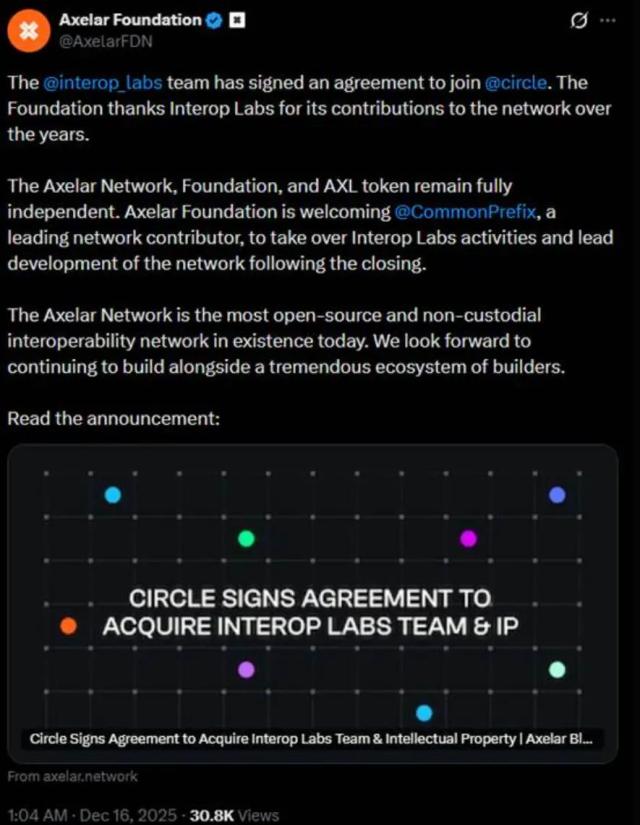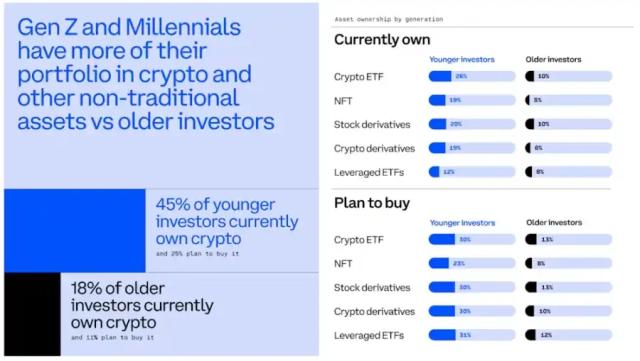According to ChainCatcher, Hyperliquid co-founder @chameleon_jeff responded on X to concerns about "potential significant losses due to market manipulation of the Hyperliquid protocol":
Hyperliquid's margin design strictly ensures the platform's solvency through mathematical mechanisms. HLP's losses are always limited to its own treasury, and the protocol never depends on HLP—a feature that existed before the JELLYJELLY incident. The newly added protective mechanisms only optimize HLP's loss resistance in backup liquidation, without changing the protocol's underlying architecture. In the recent JELLYJELLY incident, an attacker attempted to manipulate HLP (liquidity provider pool) by establishing massive long and short positions. Although the unclosed contract upper limit allowed establishing a position worth 4 million USDC at the time, the logical vulnerability was that HLP used its entire fund balance to provide collateral for this liquidation. It needs to be clarified that the platform itself does not have solvency risks, but HLP did face excessive risk exposure due to market manipulation.
Currently, HLP's liquidation component vault has set a collateral cap, limiting potential losses through backup liquidation mechanisms. Hyperliquid maintains its original operating mechanism, handling under-collateralized positions in the following order: 1) market liquidation 2) backup liquidation 3) automatic deleveraging (ADL). The current HLP backup liquidation has added protective mechanisms by setting loss limits, making attacks aimed at manipulating mark prices far more costly than the limited gains that could be obtained from HLP.







